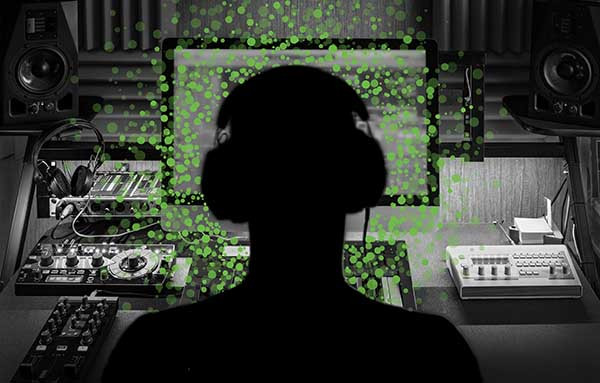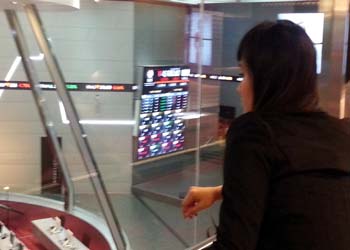Enterprises face increase in cyber threats since Covid-19
10:34:11 | 15 Okt 2020

NEW YORK (IndoTelko) — Claroty released updated research on the state of industrial cybersecurity worldwide, which found that a majority (56%) of information technology (IT) and OT security professionals at industrial enterprises have seen an increase in cybersecurity threats since the start of the COVID-19 pandemic in March.
Additionally, 70% have seen cyber criminals using new tactics to target their organisations in this timeframe.
The Critical Convergence of IT and OT Security in a Global Crisis report is based on a global, independent survey of 1,100 full-time IT and OT security professionals who own, operate, or otherwise support critical infrastructure components within large enterprises across Europe, North America and Asia Pacific, examining how their concerns, attitudes, and experiences have changed since the pandemic began in March.
Responses from IT and OT security professionals in Singapore reveal:
31% said that employees and third-party vendors have been working less effectively during the pandemic and nearly three in four have said that their job has become more challenging since the pandemic begun.
Cyber criminals are using new tactics to attack OT environments according to 71% of respondents, with hacking and credential theft, ransomware, and web application threats being the most prevalent.
More than half (54%) say their leadership’s top cyber security priority was implementing new technology solutions since the onset of the pandemic.
Across the globe, COVID-19 has led cyber criminals to use new tactics and organisations to become more vulnerable to cyber attacks, with 56% of global respondents saying that their organisation has experienced more cyber security threats since the pandemic began. Further, almost three-fourths (72%) reported that their jobs have become more challenging.
COVID-19 has clearly had an impact on IT/OT convergence, as two-thirds (67%) say that their IT and OT networks have become more interconnected since the pandemic began and more than 75% expect they will become even more interconnected as a result of it. While IT/OT convergence unlocks business value in terms of operations efficiency, performance, and quality of services, it can also be detrimental because threats – both targeted and non-targeted – can move freely between IT and OT environments.
“While we would be short-sighted to think that we won’t have more challenges as we continue to face unknowns from this pandemic, protecting critical infrastructure is especially important in a time of crisis,” said Yaniv Vardi, CEO of Claroty. “As large enterprises are trying to improve their productivity by connecting more OT and IoT devices and remotely accessing their industrial networks, they are also increasing their exposure as a result. OT security needs to be brought to the fore and made a priority for all organisations. Attackers know that IT networks are covered with cyber security solutions so they’re moving to exploit vulnerabilities in OT to gain access to enterprise networks. Not protecting OT is like protecting a house with state-of-the-art security and alarm systems, but then leaving the front door open.”
In terms of industries, globally the respondents ranked pharmaceutical, oil & gas, electric utilities, manufacturing, and building management systems as the top five most vulnerable to attack. Most regions followed similar patterns, identifying three to five industries clustered closely toward the top of the list. The exceptions are the DACH region, where oil & gas clearly holds the top spot at 36%, and Singapore, where pharmaceutical is at 22%.
Claroty improves the availability, safety, and reliability of OT assets and networks within industrial enterprises and critical infrastructure.
The Claroty Platform provides comprehensive OT asset and network visibility, segmentation, vulnerability management, threat detection, risk assessment, and Secure Remote Access (SRA) capabilities — all within a single, agentless solution.(es)
Baca juga :
•
•
•
Artikel Terkait
-
 English Ver. - 04:00:00 | 19 May 2024The real estate sector is observably shifting toward sustainability
English Ver. - 04:00:00 | 19 May 2024The real estate sector is observably shifting toward sustainability -
 English Ver. - 05:21:00 | 03 May 2024Primary drivers for IT infrastructure investments in the next year include ransomware prevention
English Ver. - 05:21:00 | 03 May 2024Primary drivers for IT infrastructure investments in the next year include ransomware prevention
Rekomendasi
Berita Pilihan
More Stories
PR Newswire




























































